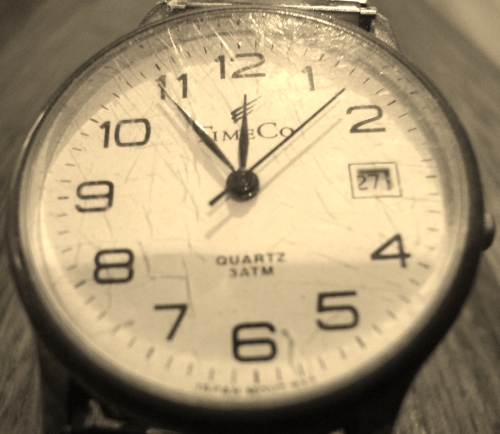 Brandon T Snider
Brandon T Snider
DC Comics: the Ultimate Character Guide
Dorling Kindersley 2012 (2011)
They say the world of comics nerdism is divided between fans of Marvel Comics and aficionados of DC Comics. (OK, I may have made that up, but I’m pretty sure it’s what ‘they’ say.) Me, I was as a kid brought up mostly on a diet of Batman, Superman and the Justice League and tended to stick to what I knew, not that I had anything against Spiderman, Hulk or the Fantastic Four. But I also read Classics Illustrated, and the cartoons in the papers, so I guess I was not too particular. My first experience of superheroes was cycling to comic stalls in Hong Kong, where the stallholder mostly turned a blind eye on my freebie reading so long as I bought a copy now and again.
But then time moves on. Come the 70s a rather camp Batman (exaggerated by the popular TV series) had morphed into a sombre Dark Knight; his toothpaste smile having gone from grin to grimace was a change I very much approved; similar things were happening to other stalwarts in the DC universe — convoluted backstories, new origins, even grown-up boy wonders. And now as a long-time absentee from comics I just don’t know where anything stands. Maybe this Dorling Kindersley publication would elucidate?


